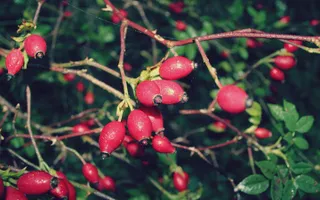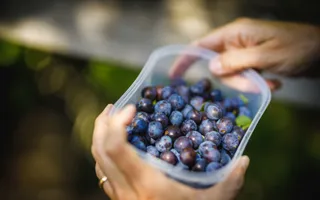Rose hips are an often overlooked autumn fruit that offers so much to our health and wellbeing. Among blackberries and sloes, rose hips stand out as an unsung hero of the autumn harvest.
The rose hip is the fruit of the rose plant, usually orangey-red in colour and ready to pick during our autumn season. The most common rose hips along the canal will be found on dog rose plants.
Are rose hips good for you?
Rose hips are packed full of goodness and health benefits – here are a few reasons to eat more of them:
- contain vitamins A, B, C, E and K
- at least 20 times more vitamin C than in an orange
- high iron content
- natural, nutritional and has heaps of anti-oxidants and minerals
- eases pain and stiffness of chronic arthritis
- soothes a cold
- helps regenerate new skin cells and treat scars, acne and burns
- re-hydrates your skin
- also used for diabetes, high cholesterol, gout and sciatica
During World War II, when fresh oranges were hard to come by, the people of Britain used rose hips to make syrups packed with vitamin C, helping to protect against scurvy.










